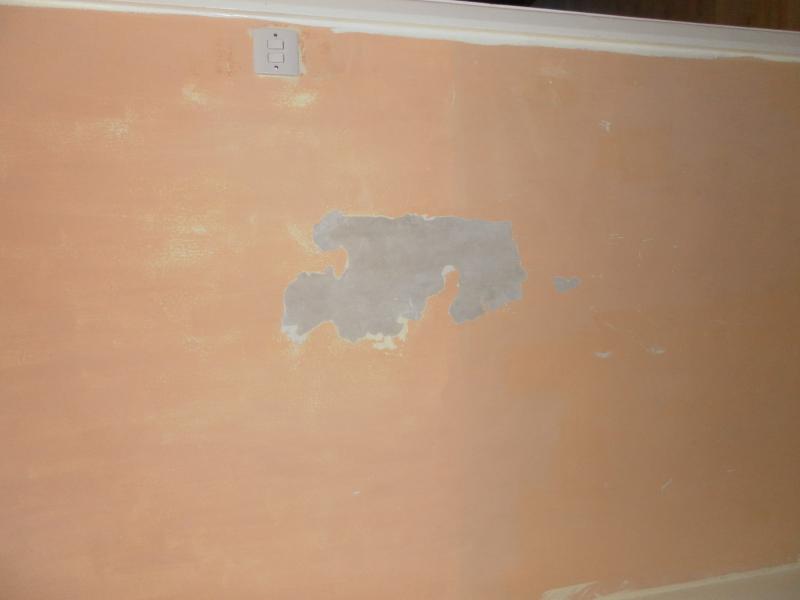Hi guys,
I had some horrible wallpaper which I stripped which came off quite easily. On part of the wall it also took away a couple of layers of paint and went back to the plaster.
This paint came away easily in this area but now I can't get the paint off the rest of the wall using only a scraper.
Can I use a paint stripper gun on a wall or is there some other technique for doing this. Now that I have this large area exposed I would rather remove all of the paint on this wall so that I can get a nice finish.
I had some horrible wallpaper which I stripped which came off quite easily. On part of the wall it also took away a couple of layers of paint and went back to the plaster.
This paint came away easily in this area but now I can't get the paint off the rest of the wall using only a scraper.
Can I use a paint stripper gun on a wall or is there some other technique for doing this. Now that I have this large area exposed I would rather remove all of the paint on this wall so that I can get a nice finish.


